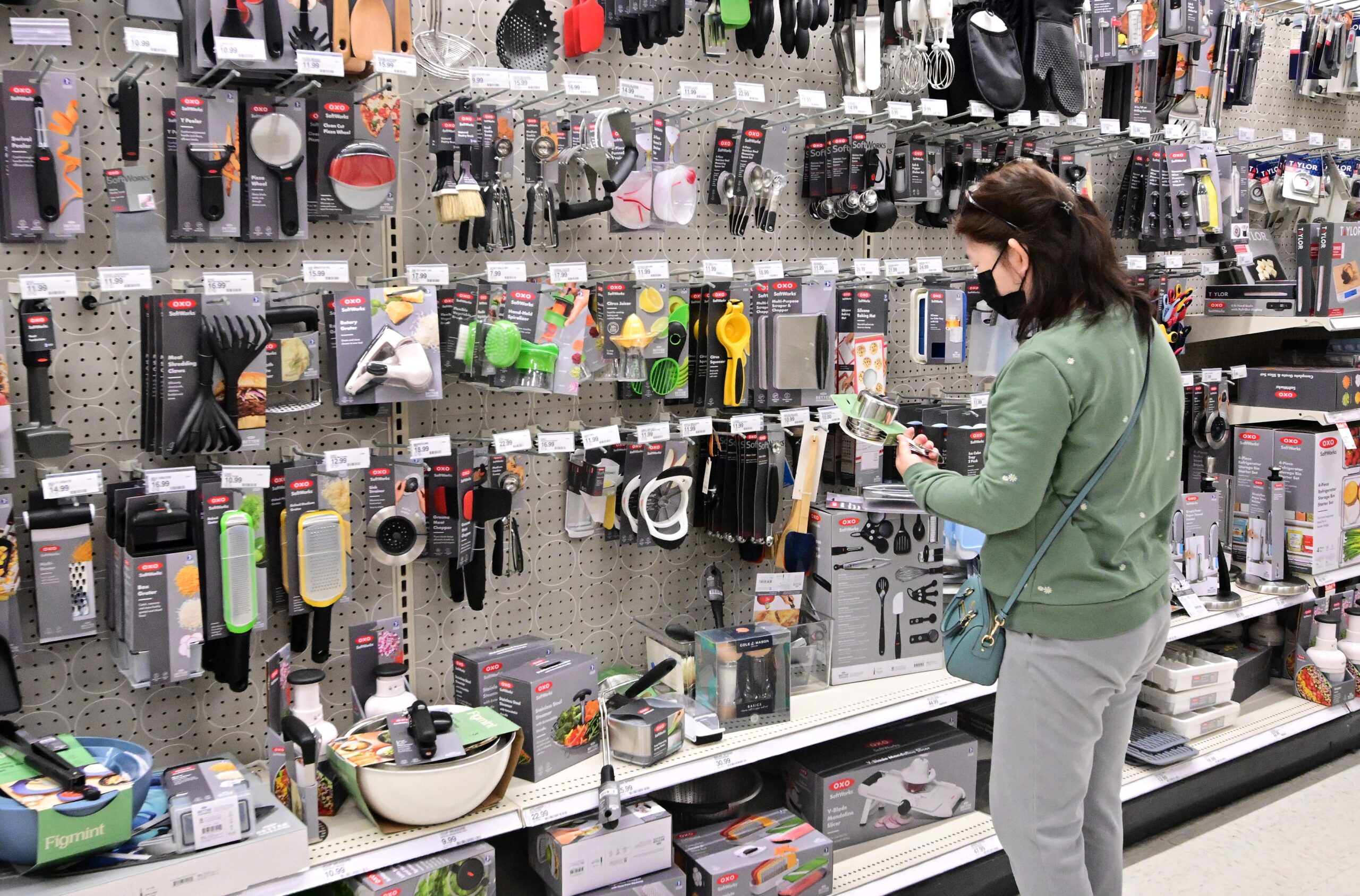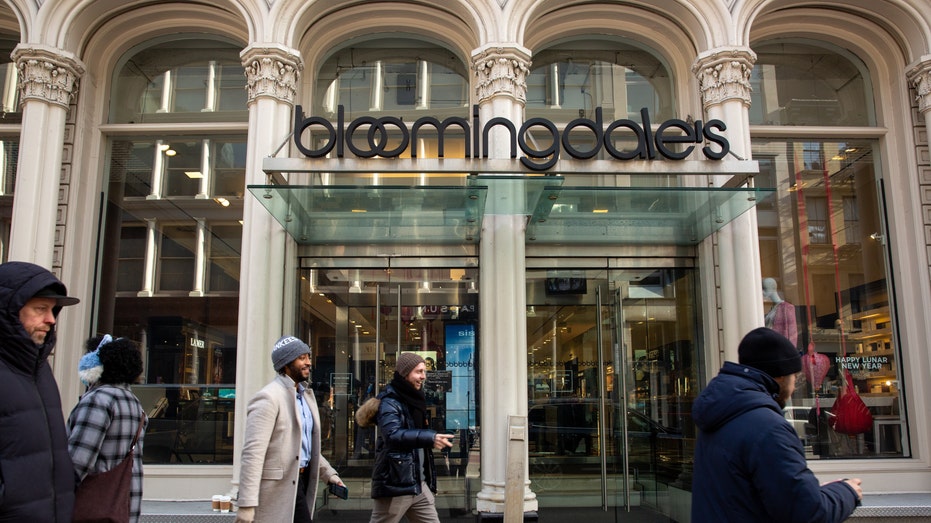Finance
Consumers are propping up the US economy, but they’re going into debt to do so

Americans’ commitment to spending, even in the face of high inflation and interest rates, has kept the U.S. economic engine running for the past two years, but that may finally be coming to an end.
Households are draining their savings and racking up a historic amount of credit card debt, which could finally bring to an end the post-COVID-19 spending spree.
“Americans with jobs and money in their pockets are going to spend. However, as the economy slows as we move through the middle portion of this year and the labor market softens, we continue to believe the holiday spending that occurred last year was a bit of a last hurrah for the consumer,” Scott Wren, Wells Fargo senior global market strategist, wrote in a note on Wednesday.
The Commerce Department reported Thursday that the economy grew at a more rapid pace than expected in the final three months of 2023, powered in part by a stronger U.S. consumer.
WHEN WILL THE FEDERAL RESERVE START TO CUT INTEREST RATES?
Gross domestic product (GDP), the broadest measure of goods and services produced across the economy, increased by 3.3% on an annualized basis in the three-month period from October through December. That is far higher than the 2% increase forecast by Refinitiv economists, although it marks a notable drop from the rapid 4.9% pace seen during the third quarter.
Consumer spending, which accounts for about two-thirds of GDP, was a major component of the surprisingly strong reading. It rose 2.8% for the period, down just slightly from the previous quarter.
However, the report also showed that households were drawing down their cash reserves. Personal savings fell from $851.2 billion in the third quarter to $818.9 billion at the end of the year, while the personal saving rate – which measures personal savings as a percentage of disposable income – dropped to 4%.
THE INFLATION FIGHT FACES A ‘DIFFICULT’ LAST MILE
“For the second quarter in a row, consumers grew their spending at a rate faster than their income growth. In aggregate, it appears consumers continue to be increasingly willing to tap their savings streams or borrow more to support spending levels,” said Mike Reynolds, vice president of investment strategy at Glenmede.
He added, “This is likely unsustainable as savings and lending are finite and should not be able to prop up the consumer in perpetuity.”
At the end of the third quarter, U.S. household debt reached a record high of $17.3 trillion, according to data published by the Federal Reserve Bank of New York. That included $1.08 trillion in credit card debt, the highest level on record in Fed data dating back to 2003.

In addition to relying on credit cards to pay their bills, consumers are also battling price tag fatigue.
While inflation has fallen considerably from a peak of 9.1% notched during June 2022, it remains well above the Federal Reserve’s 2% goal. Additionally, when compared with January 2021, shortly before the inflation crisis began, prices are up a stunning 17.6%.
High inflation has created severe financial pressures for most U.S. households, which are forced to pay more for everyday necessities like food and rent. Food prices are up 33.7% from the start of 2021, while shelter costs are up 18.7%, according to FOX Business calculations. Energy prices, meanwhile, are up 32.8%.
The burden is disproportionately borne by low-income Americans, whose already-stretched paychecks are heavily affected by price fluctuations.
The typical U.S. household needed to pay $211 more a month in December to purchase the same goods and services it did one year ago because of still-high inflation, according to new calculations from Moody’s Analytics. Americans are paying on average $1,020 more each month compared with the same time two years ago.
Read the full article here

-
Uncategorized6 days ago
The Surge of Crypto Slots: A New Period in Online Pc Gaming
-
Uncategorized6 days ago
Kəşf Etmək Binance Coin Kazino Saytları Dünyasını
-
Uncategorized7 days ago
The Increase of Dogecoin Casino Sites: An Extensive Introduction
-
Uncategorized6 days ago
High Roller Online Casinos: Inside the Globe of Elite Betting
-
Uncategorized2 days ago
The Comprehensive Overview to Tutoring Networks







